Fish Ichthyology
1/31
There's no tags or description
Looks like no tags are added yet.
Name | Mastery | Learn | Test | Matching | Spaced |
|---|
No study sessions yet.
32 Terms
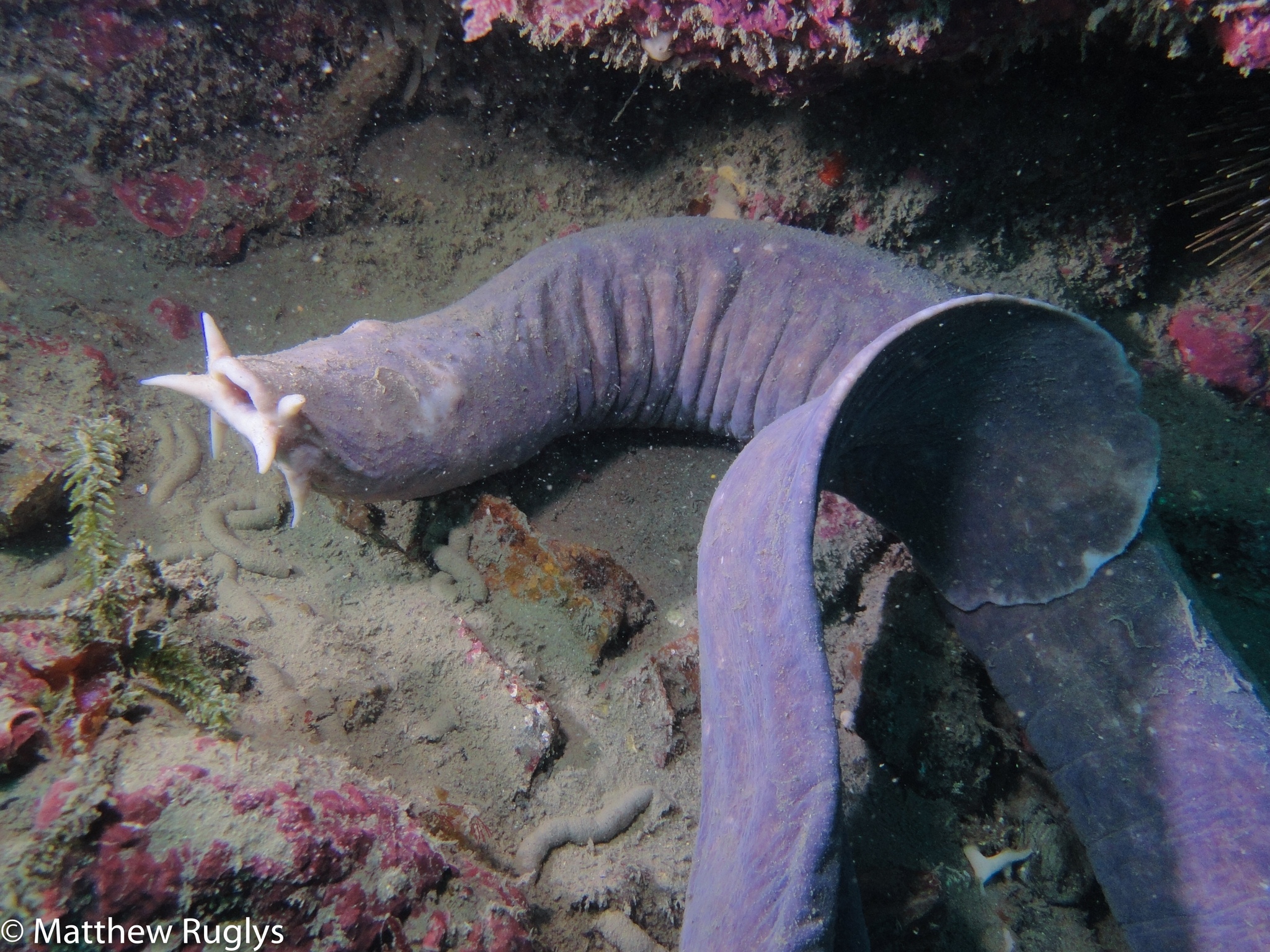
Myxiniformeis an order of jawless fish, commonly known as hagfish, characterized by their elongated bodies and slime-producing abilities. They are scavengers found in deep-sea environments, playing an important ecological role.
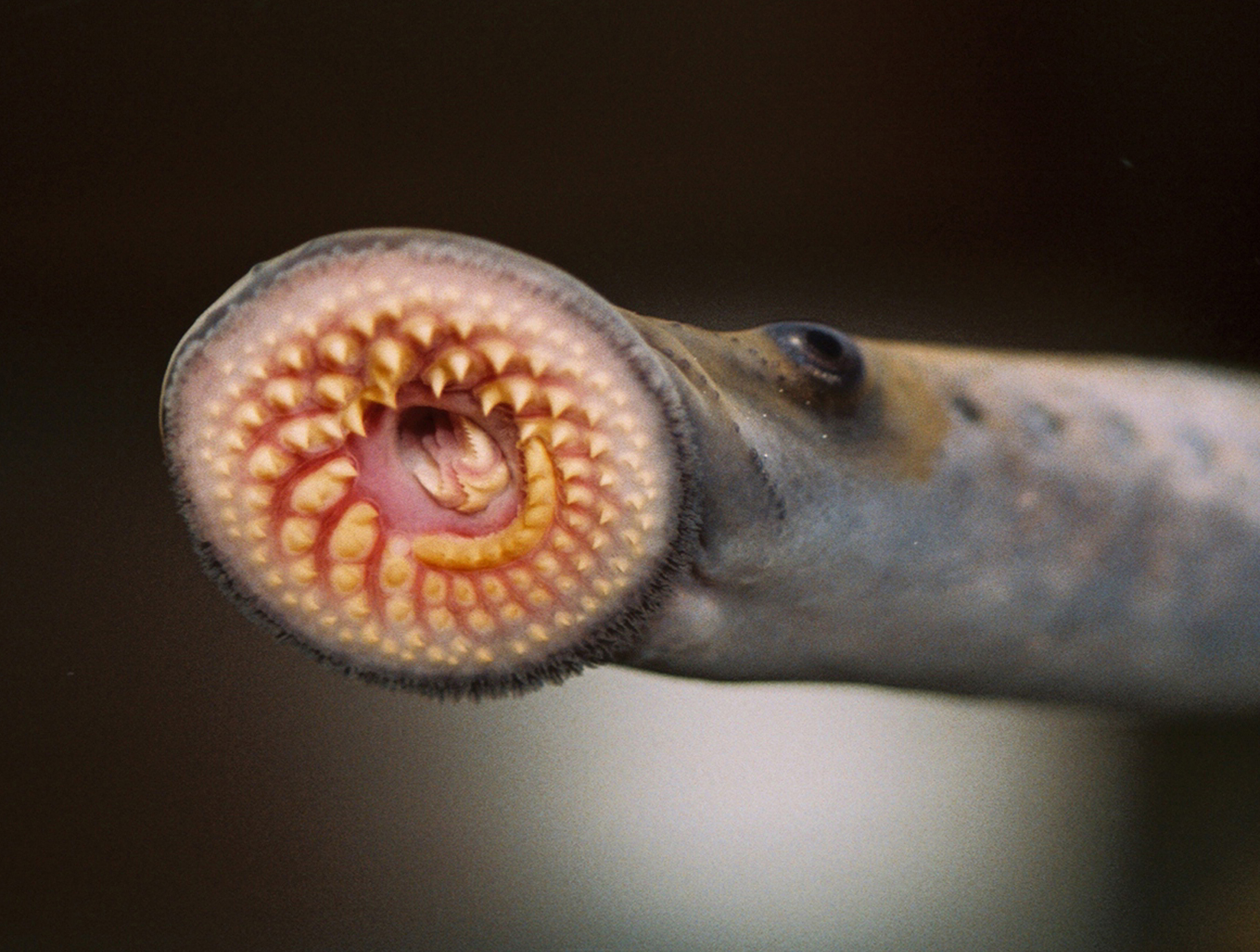
Petromzyontidae, commonly known as lampreys, are jawless fish that are typically parasitic.
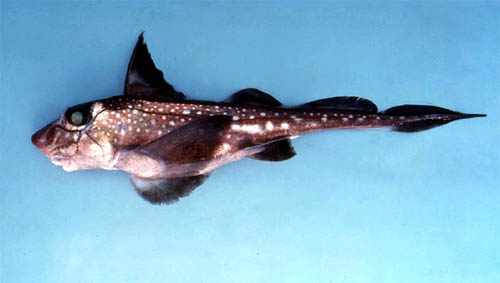
chimaeriformes is an order of fish characterized by a cartilaginous skeleton and a specialized jaw structure.
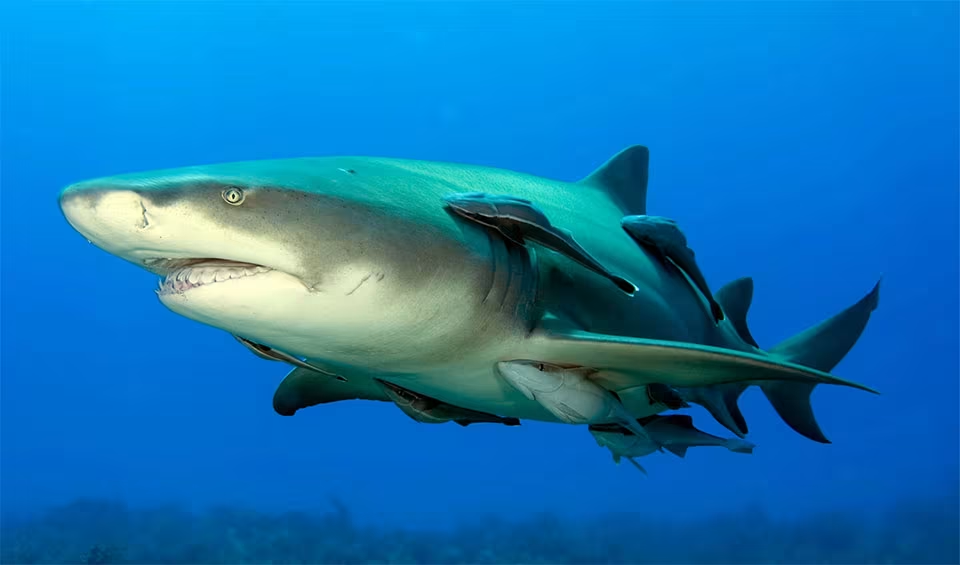
Carcharhiniformes, cat like eyes and spiracle present. No dent
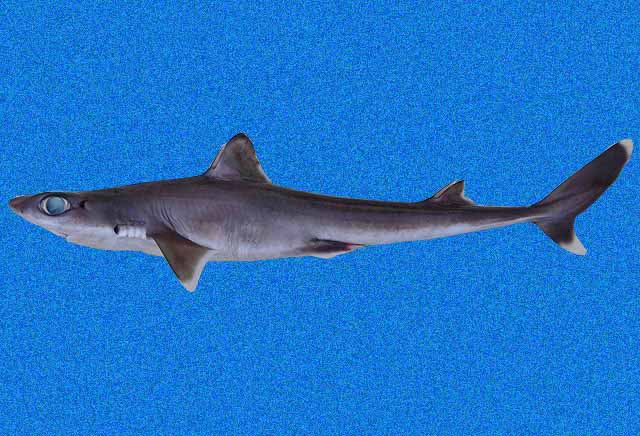
squaliformes, dent is present
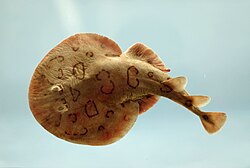
torpediniformes
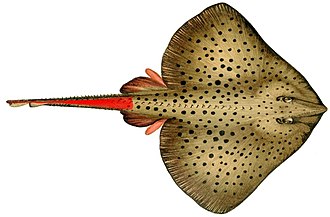
rajiformes
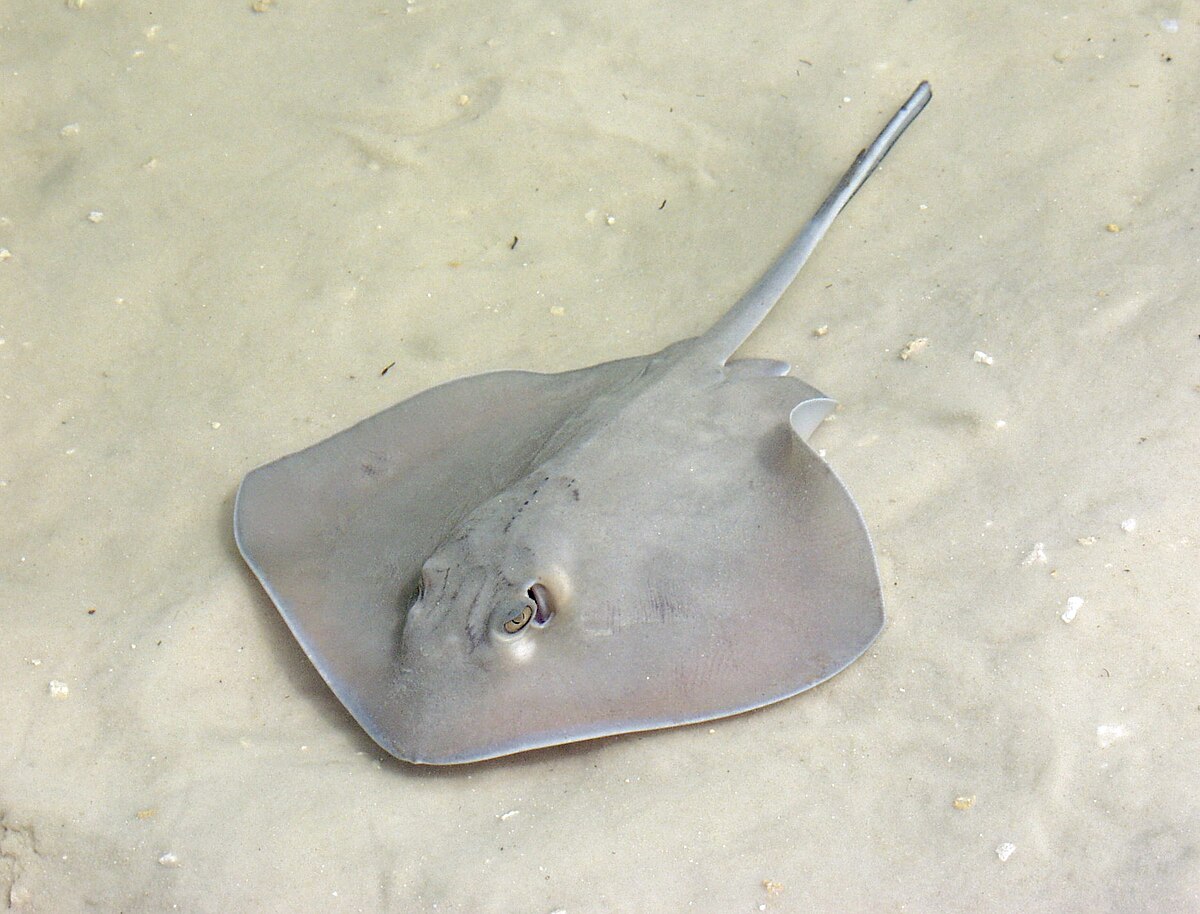
Myliobatiformes
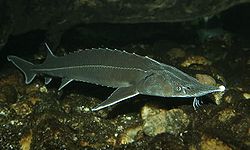
Acipenseriformes, paddle like snout, very boney
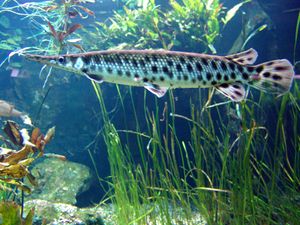
Lepisosteiformes, Lie in wait, ganoid scales, elongated sharp teeth
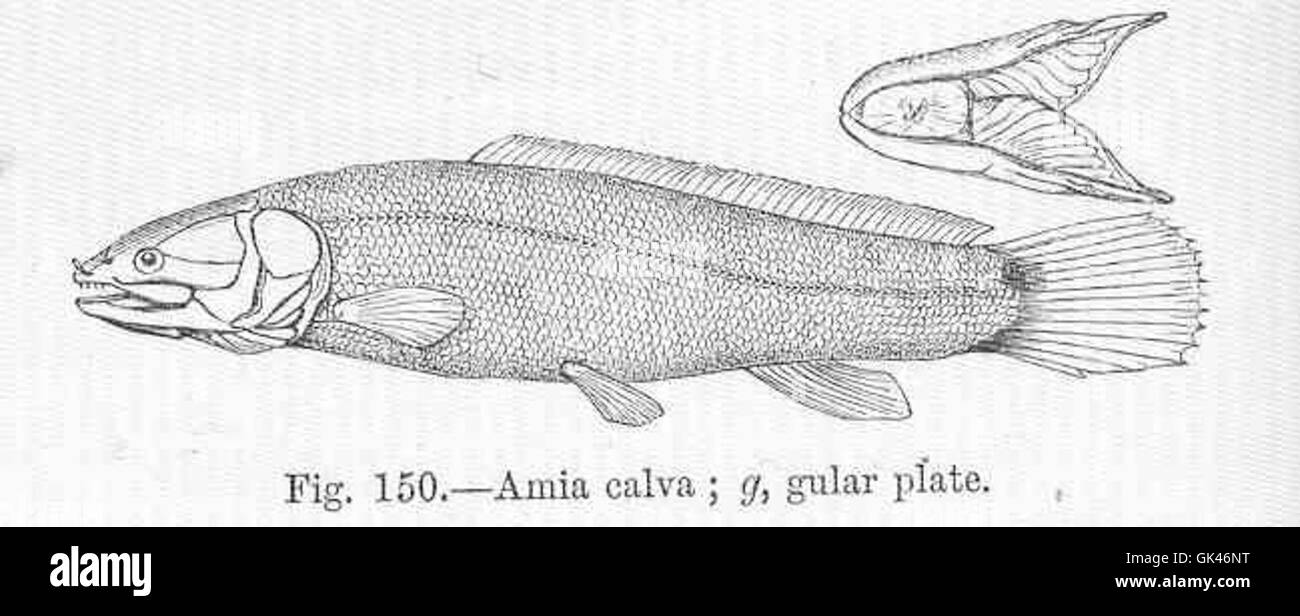
Amiiformes, gullar plate
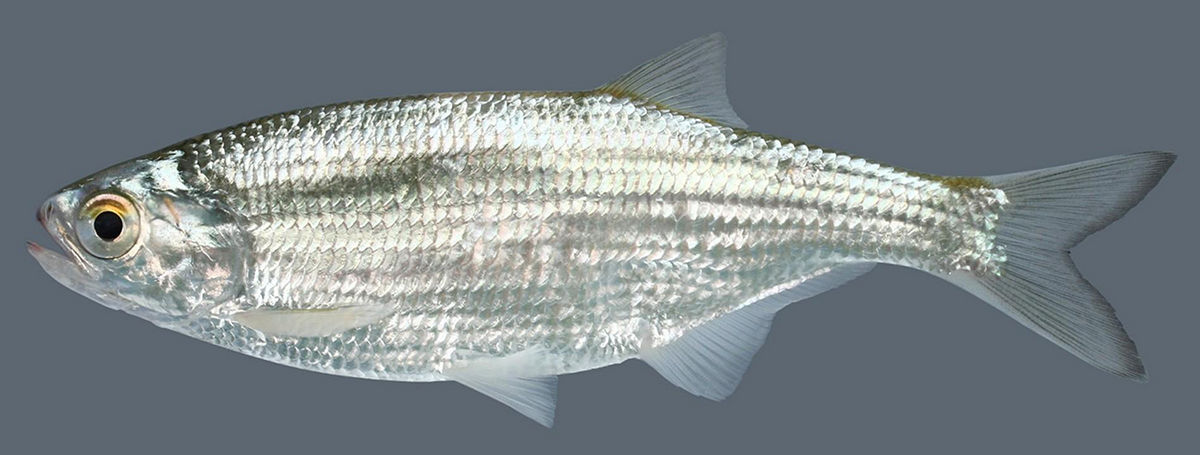
hidontiformes, ventral keel present, teeth on the tongue
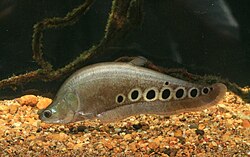
notopteriformes, teeth on boney tongue, Anal fin combined with caudal fin
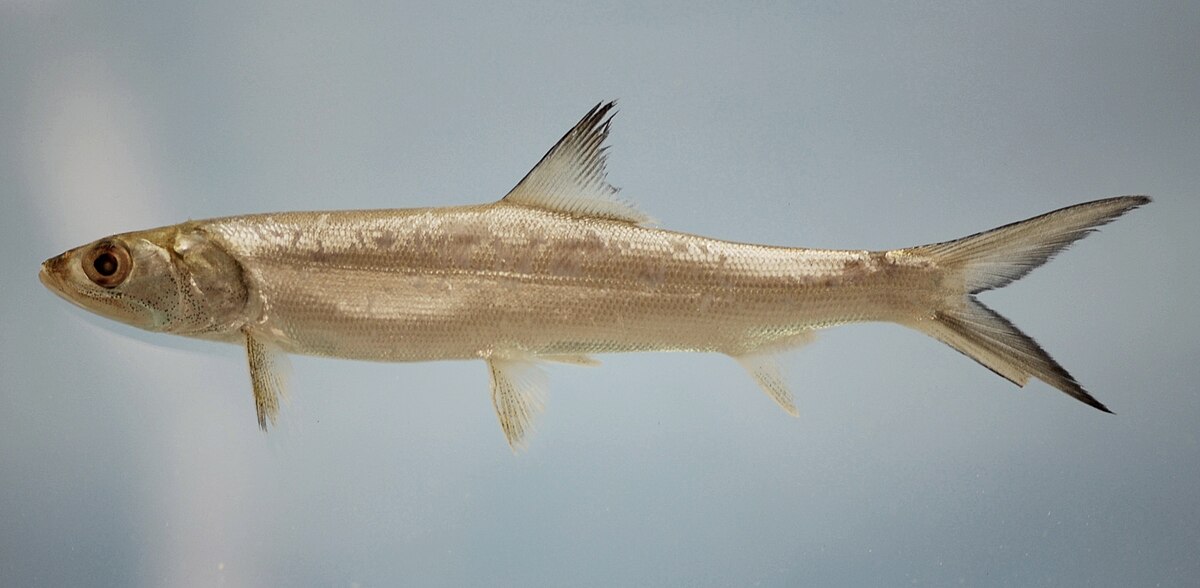
elopiformes, gular plate, abdominal pelvic fins, forked caudal fin
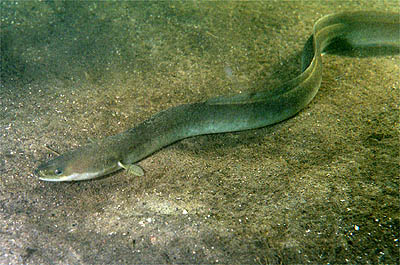
Anguilliformes, eels
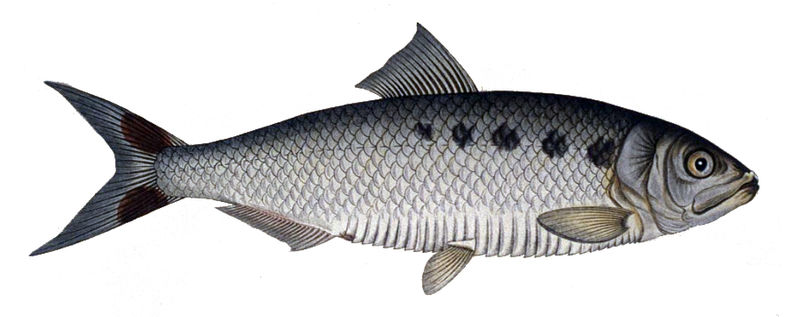
Clupeiformes, slivery, small scutes on the midline of the abdomen
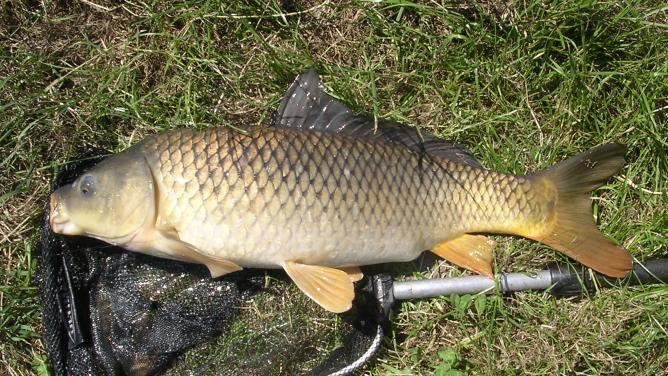
Cyprinformes, toothless mouth, can be classified as a sucker.
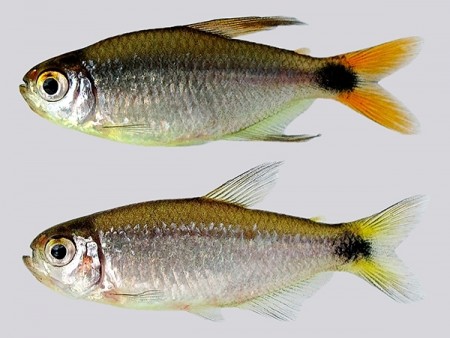
Charciformes, adipose fin is present, has a big upper jaw, ancestor of piranha
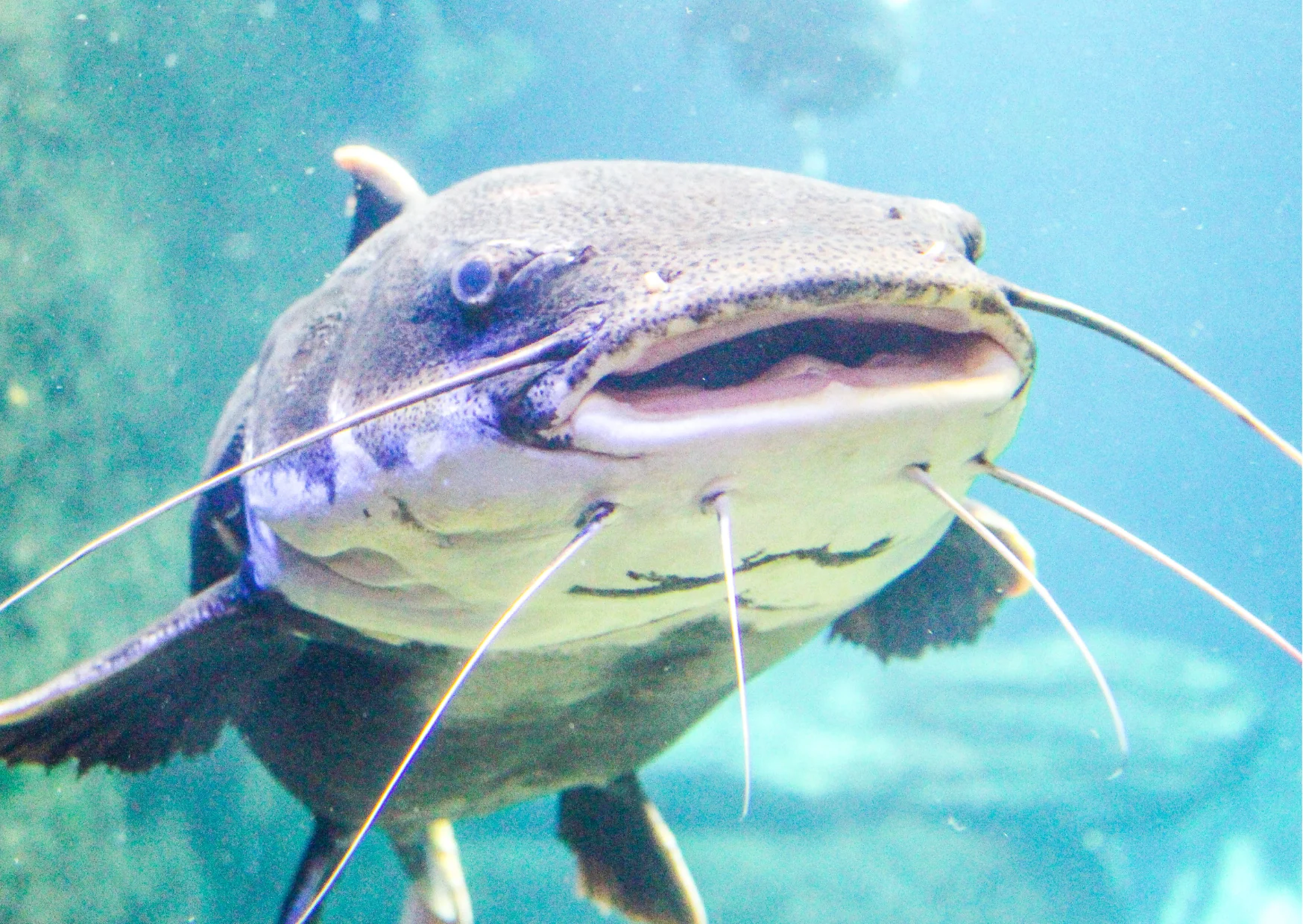
Siluriformes, usually have adipose fin, up to three pairs of barbels, usually scaleless, but may have boney armor.
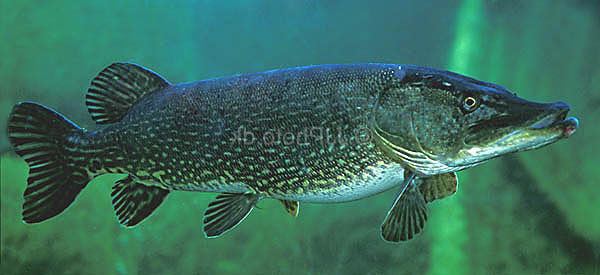
Escoiformes, no adipose fin, fine scales, lie in wait body structure
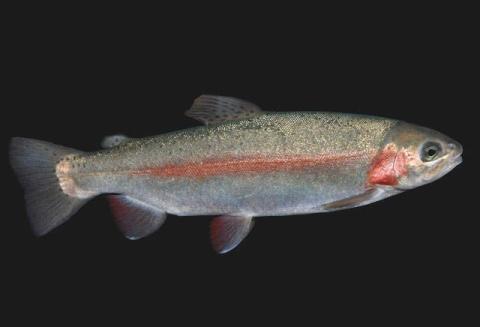
Salmoniformes, adipose fin present, rover- predator function.
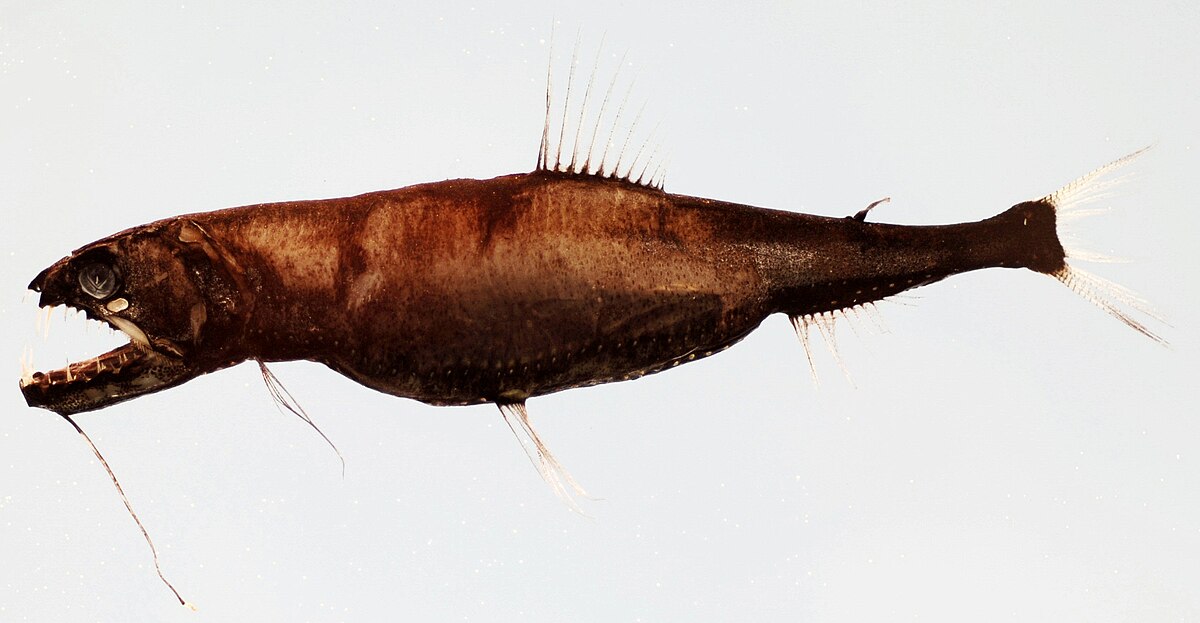
stomiiformes, sharp elongated teeth, adipose fins
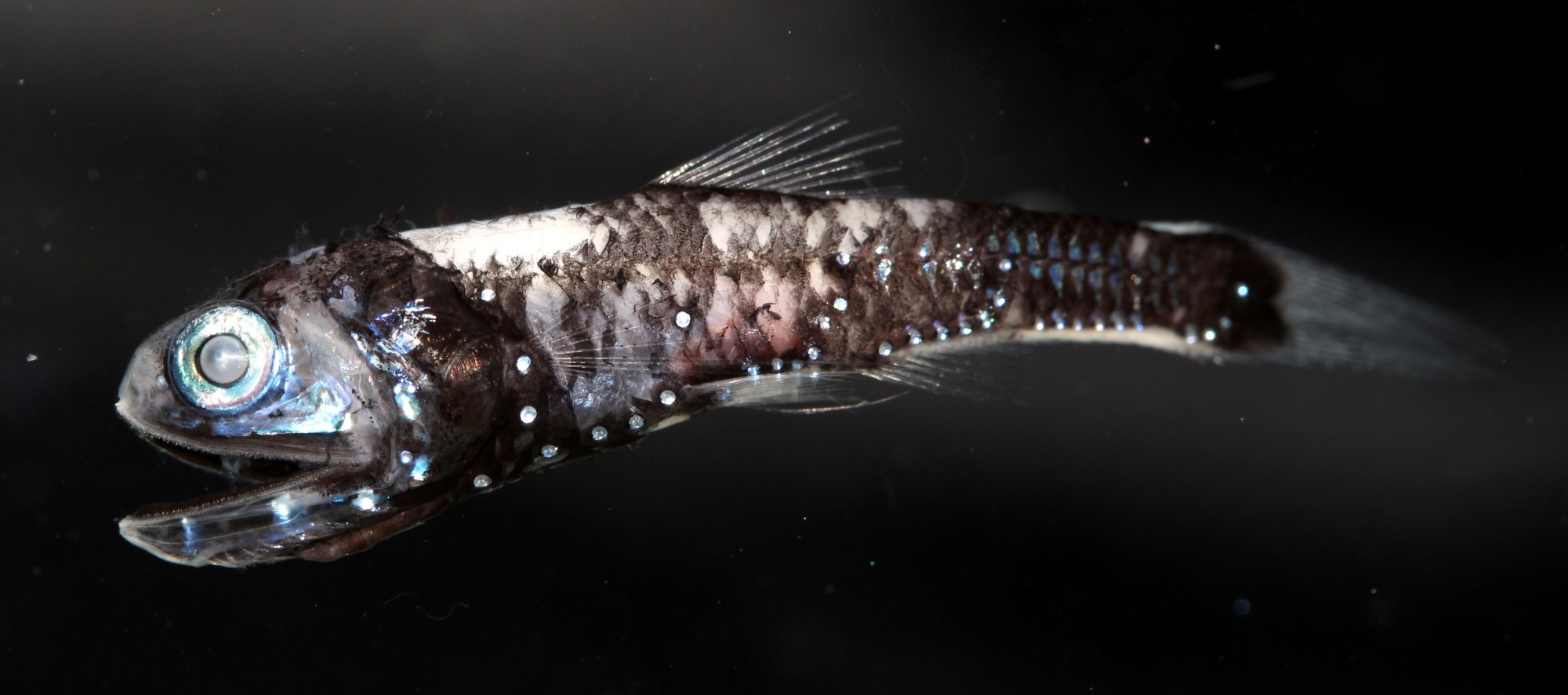
Myctophiformes, weakly toothed, adipose fin present, scattered photophores on body. Illumnecant organs found on head or canal peduncle.
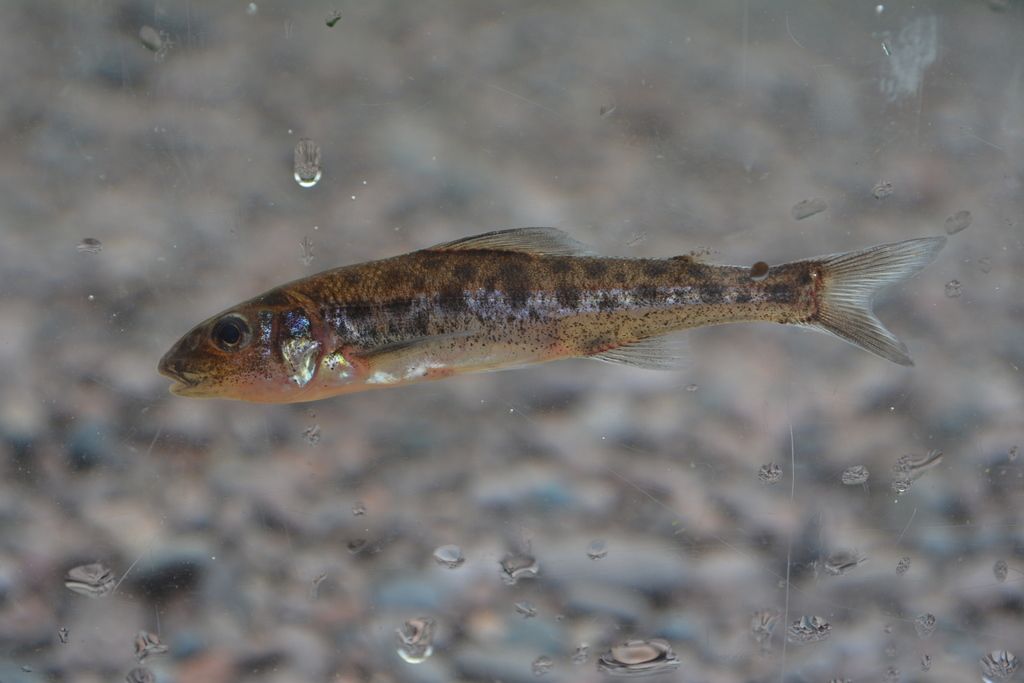
percopsiformes, anus located on the throat(Is a thick patch under its throat)
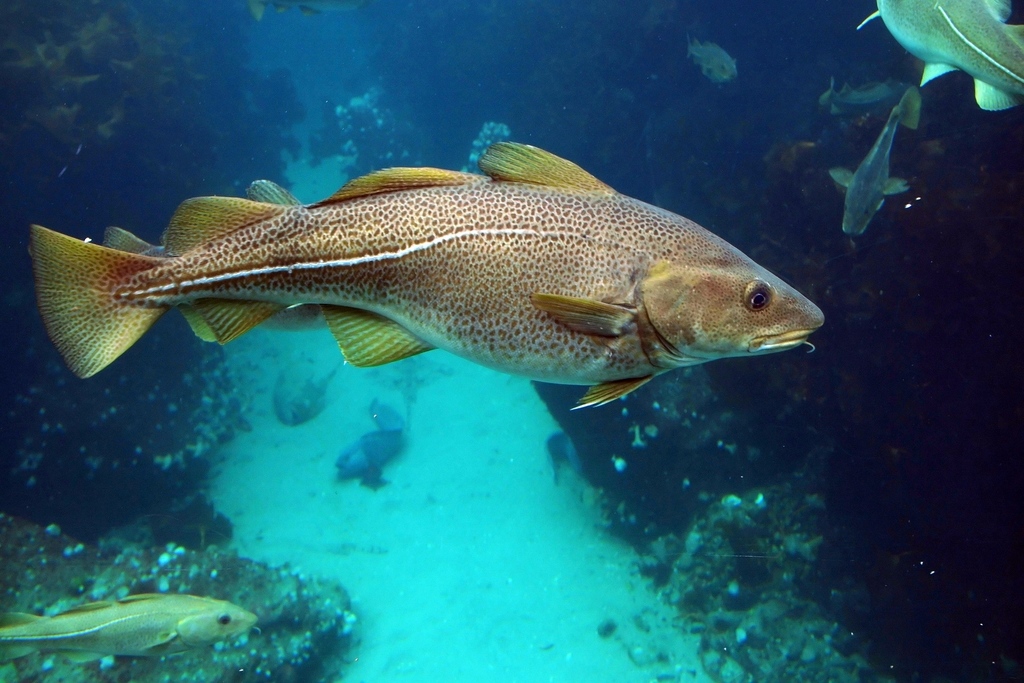
Gadiformes, has an adipose fins, usually thoracic or jugular, long dorsal and anal fins
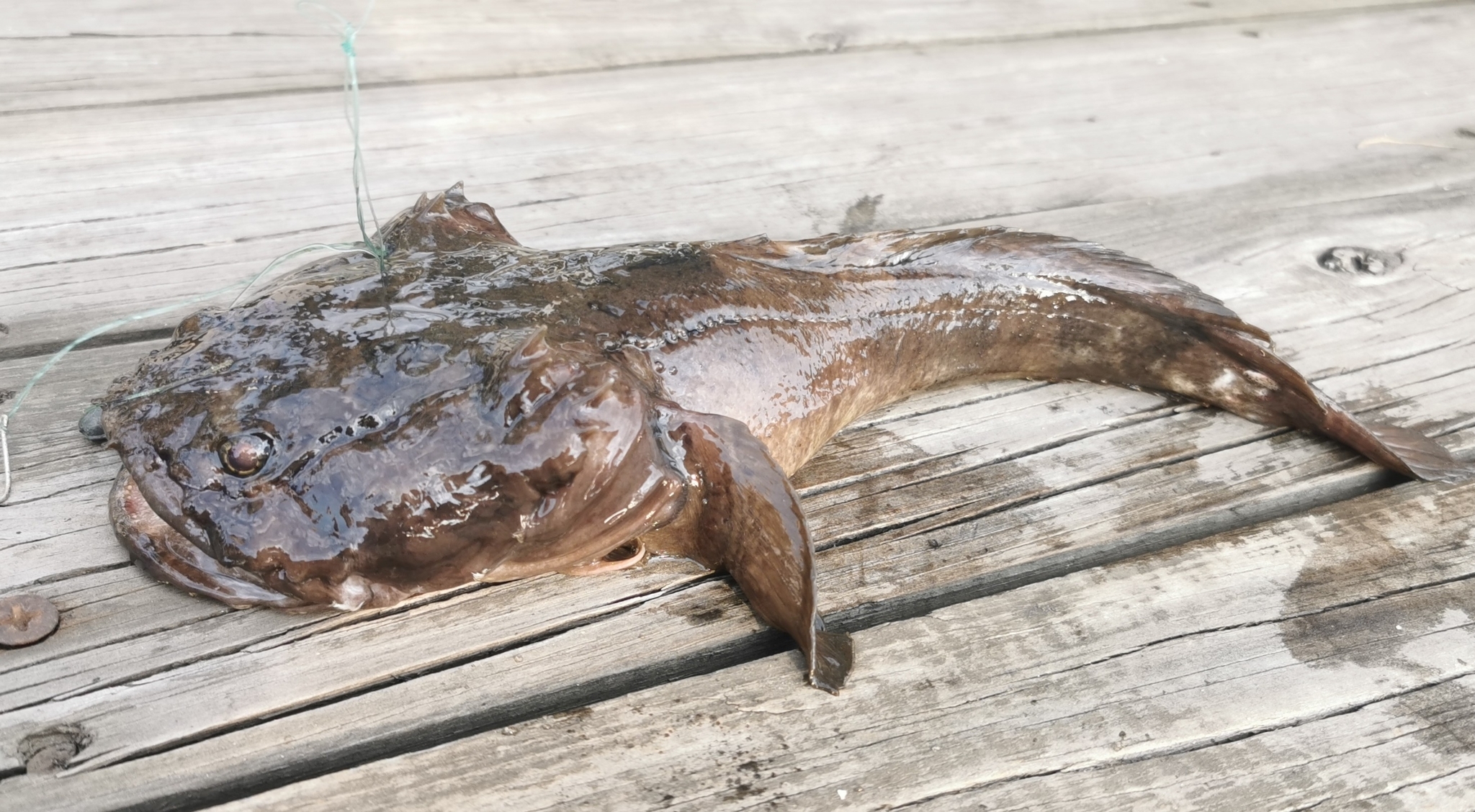
Batrachoidiformes, Large head, jugular fin position, dorsally placed eyes, scaleless
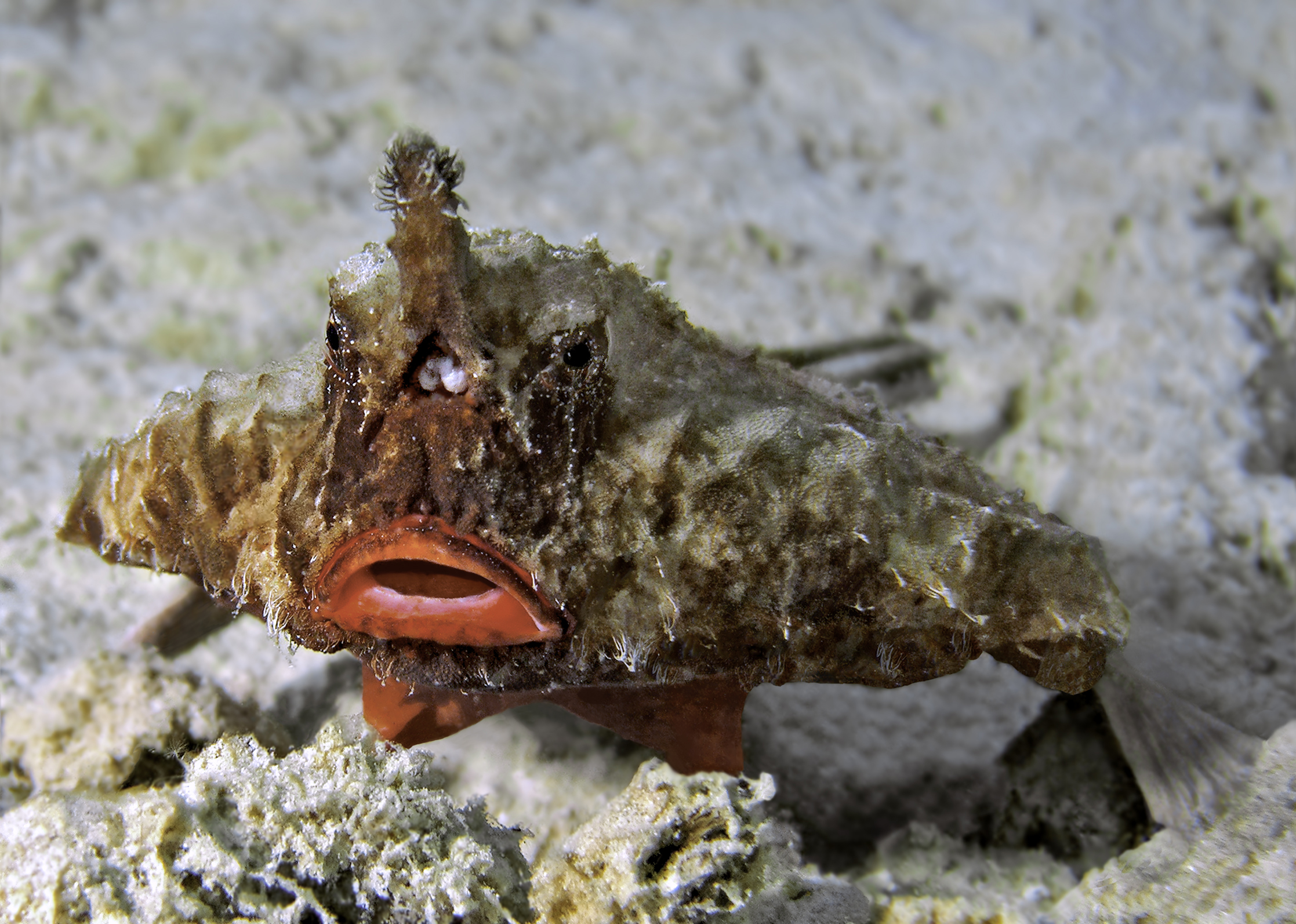
Lophiiformes, fishing rod and lure present on top of head,
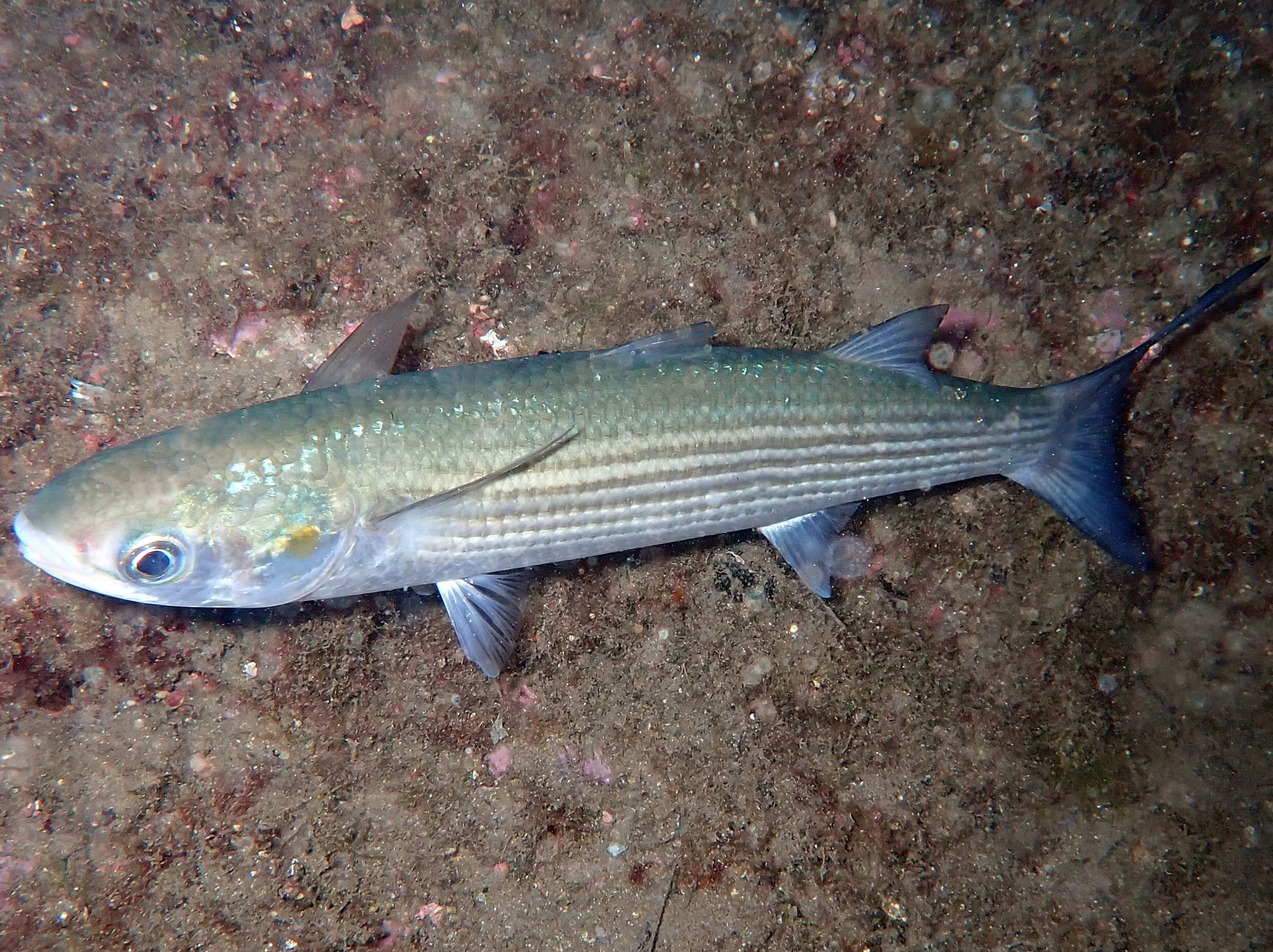
Mugiliformes, two dorsal fins, widely separated spines terminal mouth

atheriniformes, two dorsal fins, not as widely separated. Flexible spine in first dorsal fin, one spine in the second dorsal fin
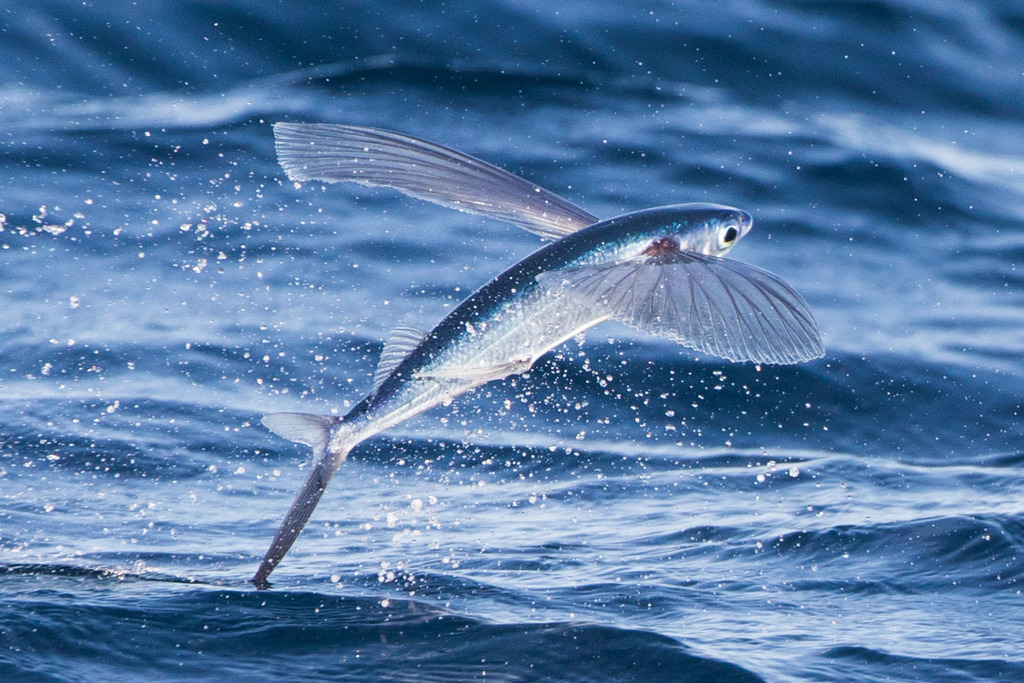
Beloniformes, flying fish type of pattern, abdominal pelvic fins

Beloniformes, elongated body, terminal mouth and pelvic fins
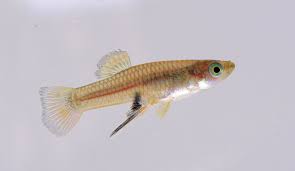
cyprinodontiformes, subterminal mouth, single dorsal fin not as high on the body as previous orders.